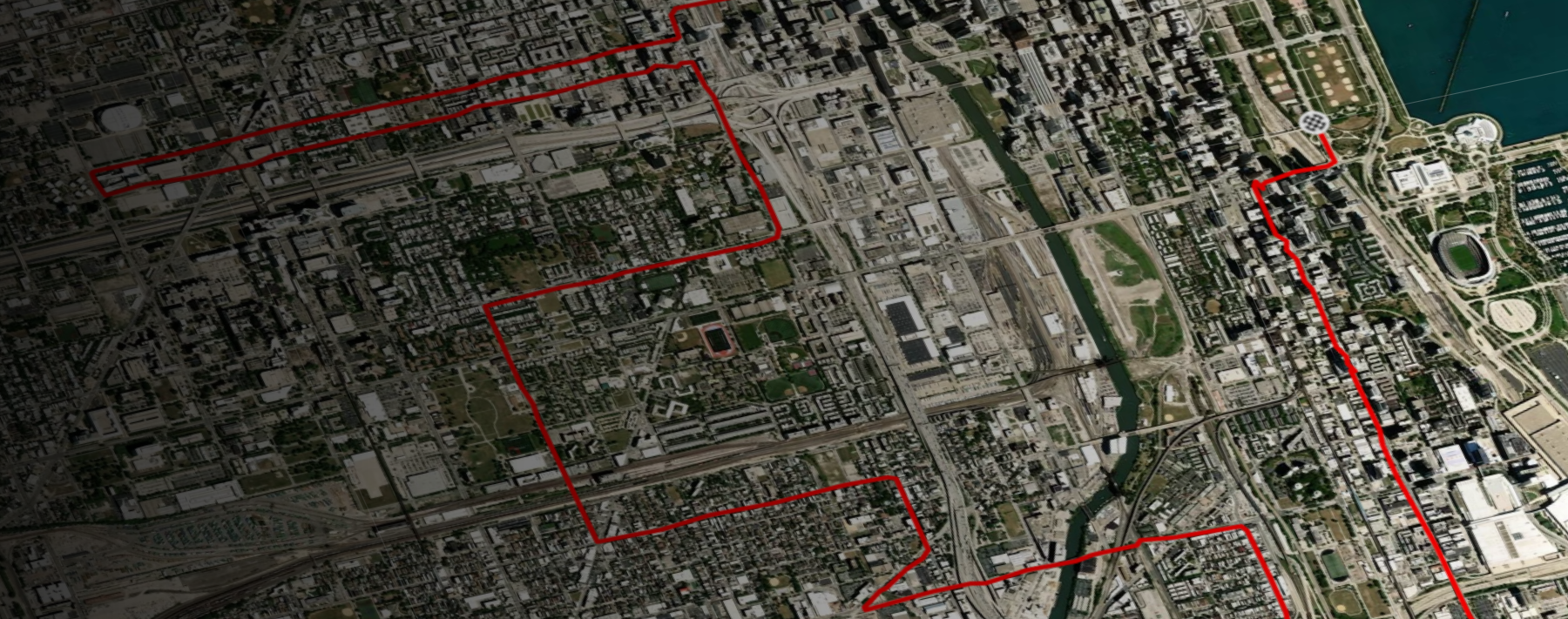Most use of force incidents prompt a departmental investigation that usually includes taking the officer’s statement of the incident. This process of collecting a use of force statement may seem straightforward, but there is much to be considered before taking the statement. A statement is intended to allow the officer to tell their story – to create a clear picture of what was important to them in that moment. Yet often, investigators ask questions that can lead to unnecessary information or even contradictions in the officer’s statement. Before sitting down with an officer, investigators must understand what information is important to obtain from the officer to advance the investigation. Following are three factors to consider.
Consideration #1 – Do you need to take a statement?
To find the historical truth of what happened, do you even need to take a statement? Let the investigation drive this decision; don’t take a statement just to check a box. Consider what you need to further or complete the investigation. Do you have witnesses or video available? In some cases, this may be enough, as long as you are not short cutting the investigation process. The officer’s account may actually create discrepancies due to perception and memory. Will that provide clarity for the investigation?
Also consider Garrity rights, if applicable in your state. The Garrity “warning” often compels the officer to give a statement. Once given, the statement cannot be used in a criminal case. Garrity issues require you to have an idea of the direction the investigation is heading. You need to be flexible with the investigative process to fit the situation at hand.
Consideration #2 – When should the statement take place?
Agencies asking this question are typically looking for a straightforward policy answer, but there is no clear-cut answer that will apply to all situations.
The issue? It’s a trade-off. The goal of taking a statement is memory reconstruction and communication. There is no doubt memory starts to fade immediately, so you might argue for taking a statement as quickly as possible. On the flipside, if the officer is emotionally charged and fatigued immediately following the incident, they may be unable to go through the effortful process of reconstructing and articulating the memory for you. In this case, allowing a sleep cycle (or several) will better serve the investigation and pursuit of the truth.
The key to the interview process is to understand an officer’s state of mind and decision-making process during the event.
Law enforcement administrators should avoid putting a mandatory waiting period in place. Rather than trying to find a policy applicable to all situations, agencies should adopt flexible policies that can adapt to the situation and the officer’s response. There is benefit in moving the interview process closer to the event, but it’s more important to choose a time that facilitates a productive interview.
Consideration #3 – Are you prepared to allow the officer to give their account?
The key to the interview process is to understand an officer’s state of mind and decision-making process during the event. To do so successfully, we have to get out of our own way!
Most of us in law enforcement have an interview approach of trying to get at the facts that support probable cause, support an arrest or support us taking action in some way. On domestic violence calls or when interviewing criminal suspect, for example, we know the information we need to collect; we ask questions designed to obtain that information.
In cases of use of force, it doesn’t matter how much information you have on the case. You don’t know the officer’s state of mind and decision-making process used to get there so you must allow the officer to tell the story. There are several keys strategies that can help:
- Establish rapport with the officer. After the typical greeting and pleasantries, it’s critical to turn control of the interview over to the officer. Let them know they are the only one who can tell us the information we need and advise them the interview will require concentration and effort to give us this information.
- Allow the officer to tell their story. Once they begin to tell their story, it’s important to get this narrative in an unbroken sequence, allowing them to talk freely. This allows the officer to tell you what was important to them in the moment which is critical when understanding the decision-making process and why the event occurred as it did. When the investigator interrupts or tries to direct the interview in an attempt to uncover the information they believe is critical to the case, it results in a superficial memory retrieval process from the officer.
- Ask questions that will facilitate their memory. Once the officer has told the story in as much detail as possible and focused on the areas important to them, the investigator may begin to ask questions. Be careful not to probe with only the questions you find crucial to the investigation. Probing should increase the officer’s ability or further facilitate their memory, starting with the areas that were richest in their account – not the areas that had inconsistencies or gaps in memory. The gray areas are not likely to yield much, if any, information. Many times, putting pressure on these areas results in the officer guessing or beginning to construct, rather than retrieve, memories to give us the information we think is important. Focus on where the memories are strongest – the officer’s focus of attention, what they were paying attention to or perceiving at the time of the event. It is likely these areas had the highest emotional content for the officer, so exploring these areas first is most beneficial.
To learn two additional considerations for use of force statements, view our on-demand webinar: Officer Use of Force Statements: Considerations for Investigative Priorities.





